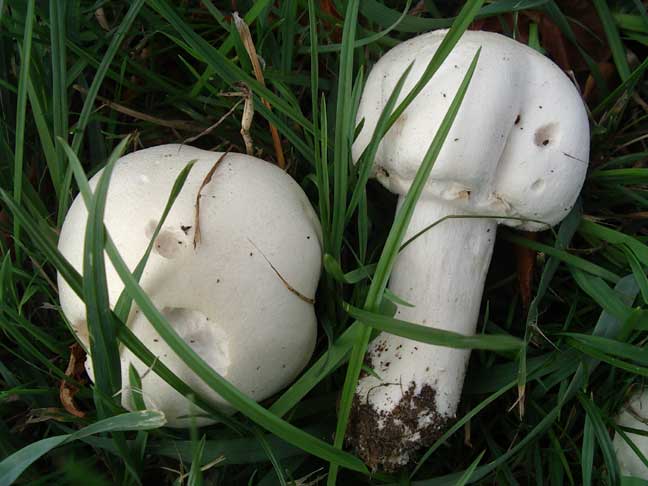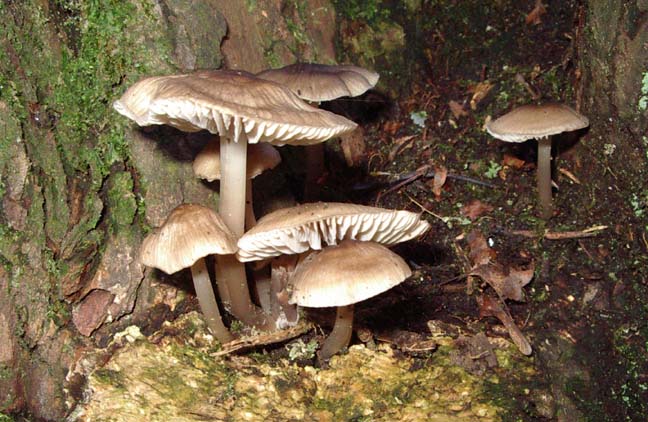 |
|
|
| Map of Lancing Ring |
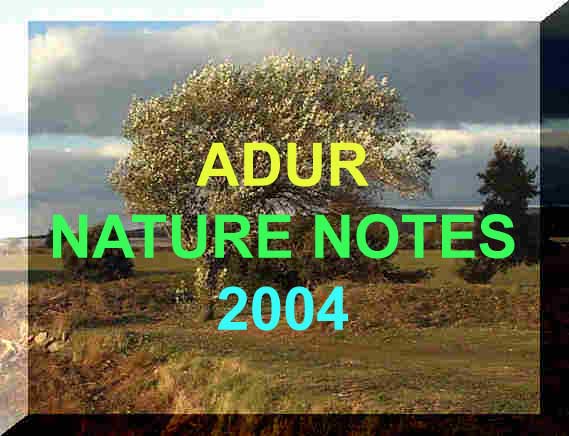 |
| Coastal Fringe |
| Chalk Downs |
| Intertidal (Seashore) |
| River Adur Estuary |
| River Adur Flood Plain |
| Sea (off Sussex) |
| Town & Gardens |
| Widewater Lagoon |
| Lancing Ring |
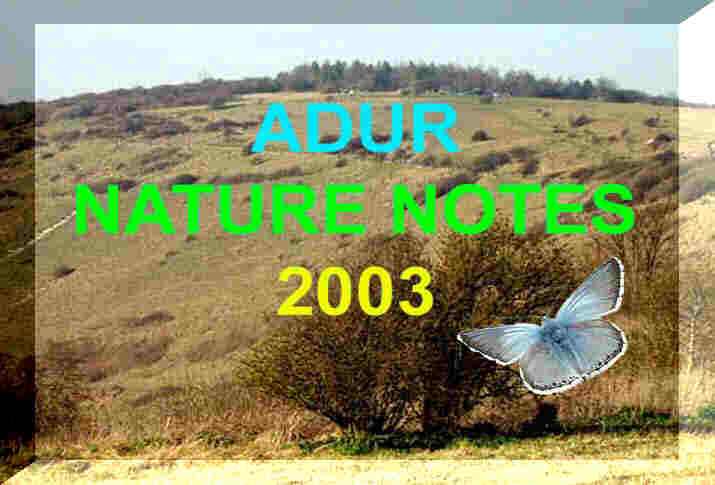 |
| Lancing Beach |
| Southwick Hill |
| Beeding Hill |
| SUSSEX LINKS |
| Findon Village |
| Rye Harbour Nature Reserve |
| Sussex
Archaeology &
Folklore |
| History of Lancing |
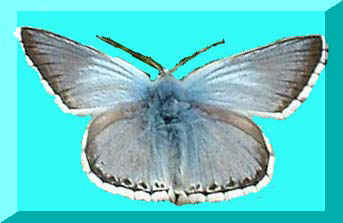 |
|
|

Bracket Fungus, Ganoderma, at Lancing Clump
Photograph by Andy Horton (18 October 2003)
ADUR FUNGI LINKS Lancing Clump Supplementary Fungi of Shoreham Adur Fruiting Bodies Database Lancing Fungi Gallery (by Ray Hamblett) Fungi of the British Isles (Yahoo Group) Autumn 2004 Fungi of Mill Hill
Dead Tree and Fungal Notes
Link to Lancing Fungi page (Autumn 2005 et seq.)
5 October 2005
There was one Agaricus mushroom in the spinney/wood to the east of Lancing Manor sports complex.4 August 2005
In the spinney to the east of McIntyres Field there was a group of Glistening Inkcap Mushrooms, Coprinus micaceus, and some greyish King Alfred's Cakes, Daldinia concentrica.7 May 2005
This mushroom (with a cap diameter about the size of a commercial mushroom) was discovered in a patch of grass amongst Stinging Nettles on New Monks Farm at the Mash Barn Lane end. I forgot to examine its attachment point and I left this specimen in-situ as it began to rain.
This mushroom is probably Bolbitius titubans.
Another exampleMarch 2005
The mushrooms growing on a Silver Birch log in Ray Hamblett's back garden in south Lancing (TQ 186 044) were around for weeks before I discovered them. They were about the size of a commercial mushroom.
The underside lacks the gills of many of the familiar mushrooms and introduces me a different group of fungi with pores. This fungus was very tough and it occurred to me that it could be a species of Polyporus, which are reported as reasonably widespread and common.
Polyporus of AdurIn the wood to the north-west of Lancing Manor there was a fallen log with a pale yellowish (topside) bracket fungi and King Alfred's Cakes, Daldinia concentrica.
8 February 2005
There was a large mushroom with a 20 cm (estimated) diameter on the grassland to the east of the bridge over Widewater Lagoon. Unfortunately it had been broken up. It looked like an unattractive specimen of an Agrocybe. It could have been an Agaricus.
23 November 2004
On the lawn of a block of residential flats near Lancing railway station, two caps of the Parrot Wax Cap, Hygrocybe psittacina, were still seen.
12 November 2004
The leaf litter under Lancing Clump made a sodden carpet through which scores of large mushrooms were scattered. They had a white stipe, a pronounced ring with membrane that occasionally touched the cap rim, and brown gills with a pale cream with brown blotched cap that measured up to 14 cm across. The stem when the vegetation was cleared seemed as long as the cap was wide. The stem detached quite easily. It seems to be a large species of Agaricus.
There was less fungi than last month: Pholiota were noted with wider caps than the earlier Shaggy Pholiota (unless this is another species), a dried out Parasol under the trees (they are usually in the meadows), a few Puff Balls, King Arthur's Cakes, bracket fungi and a few small brown-gilled meadow mushrooms.
The photograph in the top left is one of the Pholiotas. The stem is much thinner than found on most specimens of Shaggy Pholiota, but it is probably an older version of this species. The one below is a small mushroom (cap diameter about 30 mm) from the meadow. One specimen had a pronounced concave cap. The Parasol on the left is in the leaf litter and was not fruiting synchronously with the ones on the meadows, and past its best, and it may be one of the other species of Macrolepiota.
More Images8 November 2004
Fircroft Avenue in north Lancing (road leads to Lancing Clump) produced a mixed selection of Pholiota and Common Ink Cap mushrooms.
Fircroft Avenue, North Lancing

Pholiota
Pholiota
Pholiota
Pholiota
Common Ink Cap
PholiotaPhotographs by Ray Hamblett
Report by Ray Hamblett (Lancing Nature)
4 November 2004
This small (25 mm cap diameter) mushroom in the following images was seen in the Lancing Clump meadows.
It looks past its best and it has not been identified. This mushroom is probably Bolbitius titubans.
Another exampleReport and Photographs by Brenda Collins
3 November 2004
Generally, on lawns, on grass verges, under town trees and in flower beds, mushrooms proliferated and were certainly in much larger numbers than the dry summer and autumn of 2004. November is the best month, but without veering out of my way to look for them, the numbers and variety exceed my capacity to record and identify all of them.The mushrooms were photographed and recorded on the following web page (click on the text below this line):
Fungi of the Urban Adur Area in November 2004Wax Caps Page
29 October 2004
The green mushroom (in the photograph on the right) found on a lawn near Lancing railway station has been identified by members of the Fungi of the British Isles (Yahoo Group) as one of the wax caps, the frequently encountered Parrot Wax Cap, Hygrocybe psittacina. This is the first record on these web pages though. Although common it is small and merges so well in with the lawn and herbs that is inevitably missed by the casual passer-by.
Adur Hygrocybe
Names of Fungi
Adur Fungi: Fruiting Bodies (Monthly Guide)
24 October 2004
There was a variety of fungi on the Beech wooded verge of Manor Road adjacent to the park. A largish mushroom on a long stem was found amongst the grasses and a brown older one.
Link to the Photographs
Report by Ray Hamblett (Lancing Nature) on
the Lancing Nature Smart Group and on
the Fungi of the British Isles (Yahoo Group)
20 October 2004
It was dark under Beech canopy of Lancing Clump, where the most noticeable fungi were the Shaggy Pholiota.18 October 2004
It would need an experienced mycologist to identify the species of the fruiting bodies of the variety of mushrooms and toadstools on Lancing Clump and the numerous others that are found in the meadows.
If you want to try your hand at identification, the images can be found on the following web page. Click on the text and wait for the images to slowly appear.
Fungi Special Report16 October 2004
On a mild October day under an overcast sky, there was a typical and wide selection of the usual fungi from large to small mushroom and toadstools in the Beech wood at Lancing Clump and amongst the meadows.7 October 2004
This large Agaricus mushroom in the leaf litter on Lancing Clump looked and smelt extremely appetising. The large cap, which was left in-situ, measured 14 cm in diameter. The stem did not seem to be robust enough for the edible Horse Mushroom, Agaricus arvenis, more like the nauseous (if eaten) Yellow Stainer, Agaricus xanthodermis.
The ring matched that of the second mushroom. I could not do the yellow staining test because the stipe (stem) was in poor condition. As I was in doubt I decided not to eat it.
Wood Mushroom or Yellow Stainer?
Edibility was not the case of the handful of dried out Parasol, Macrolepiota procera,
mushrooms in the meadow which were already beginning to attract the flies:
Lancing Fungi Gallery (by Ray Hamblett)
Introduction to Fungi
Wild Mushroom Pickers' Code of Conduct30 September 2004
Some large fresh Parasol Mushrooms stood out in the Lancing Ring meadows. They were at least 25 cm in diameter.
Report and Photographs by Brenda Collins
2 October 2004
A Wax Cap is found on a Lancing lawn by the railway station in the centre of town (called a village). It was in its fresh orange condition before it gradually turns black. This was identified as Hygrocybe conica, the Blackening Waxcap.There were some blackened mushrooms at a later visit.
22 September 2004Three unopened mushrooms were discovered on Malthouse Meadow, Sompting, on the edges of the long grass. These could be Leucoagaricus leucothites ?
29 August 2004
Not on Lancing Ring, but on a Lancing street grass verge, the following mushroom I have tentatively guessed it as a species of Agaricus but I have so often wrong with fungi, I hesitate to make any suggestions.
It is very like the Edible Mushroom, and could be the same species that was found on Mill Hill on 26 August 2004.
Earlier ReportLancing Nature Notes (by Ray Hamblett)
26 February 2004
The fungus Peziza vesiculosa was discovered on discarded hay at the western woodland margin of McIntyres Field, Lancing Ring Nature Reserve (east) about two-thirds of the way up the slope.
ID by Jean J Wuilebaut14 December 2003
Friends of Lancing Ring Christmas Walk 10:00 am
After the deluge of yesterday we were lucky to squelch through the mud of the meadows and paths of Lancing Ring under a clear blue cloudless sky in a pleasant 9° C. For the most part the mud was not cloying and there was no standing water. About 25 ramblers made a circuitous journey past the now full dewpond, down the westerly side where we were met by a chilly (9° C) fresh breeze from the south-west. The meadows had been forage harvested.On the decaying beech logs the variety of fungi was past its best.
Sulphur Tuft,
Hypholoma sp.Mycena galericulata The leaf litter showed no clear toadstools poking out, but I did not have time to look as the party moved on.
Trametes versicolor Tubaria furfuracea In the meadows there were several clumps of the orange-brown Tubaria furfuracea mushroom.
Full ReportFungi of Lancing (Ray Hamblett)
Recommended English Names for Fungi
King Alfred's Cakes
Daldinia concentricaDried up Sulphur Tuft, Hypholoma fasciculare. The normal yellow colour is completely hidden by brown spore deposit (even though the fresh spores are black).
(ID by Malcolm Storey)Fungi Database
Fungi (Adur Biodiversity) Links Page
Lancing Ring Fungi in October (Lancing Nature Web Pages)
Adur Fungi: Fruiting Bodies (Monthly Guide)13 October 2003
Honey Fungus, Armillaria mellea, amongst the leaf litter
underneath a Sycamore Tree (ID by Mark Pike)
The main area of this fungus is around the stumps of
Beech Trees felled in the Great Storm of 1987
Photograph by Ray Hamblett
16 December 2002
It was a misty Lancing Clump in the late afternoon, eerily still and quiet, Ash and Beech wintery trees are festooned with glossy green Ivy, Hedera helix, and twining Old Man's Beard, Clematis vitalba, with the fungi disintegrating and being resorbed into the woodland soil beneath the leaf litter.
On the way out past the dewpond (TQ 181 065), a flash of yellow and green tail feathers caught my eye. As the large Jackdaw sized bird flew towards the pond I could make out its appearance as a Green Woodpecker. Two species of woodpecker, Green, Picus viridis, and Spotted, Dendrocopus sp., are known on the clump but not frequently seen. Friends of Lancing Ring10 November 2002
Lancing Clump was shrouded in a light mist, rain fell in intermittent bursts; the woodland floor covered with fallen leaves, the trees almost bare after the battering of recent gales. The atmosphere was heavy and sombre, the weight of the woodland canopy all around the feet, ready to begin the process of replenishing the soil. The recycling of dead timber was in evidence with the fruiting of several clumps of fungi, including the Jews Ear and the Shaggy and Golden Pholiotas.
Full Report and PhotographsThis mystery mushroom is Mycena inclina with a slender stem dark red-brown at the base, white above and with a pleasant soapy or sweet smell.
ID by Geoffrey Kibby, Senior Editor, Field Mycology
Lancing Ring Fungi in October (Lancing Nature Web Pages)
Fungi: Technical Bits
Town & Gardens
Fungi Database
Fungi (Adur Biodiversity) Links Page
Fungi of the British Isles (Yahoo Group)
Basidiomycete ChecklistIntroduction to Fungi
Wild Mushroom Pickers' Code of Conduct
Ectomycorrhizal Fungi
Fungal Reference ListBritish Mycological Society Travelling Exhibition of fungus models
Fungi Images on the Web (Index)
Mycologist's Glossary
Local Wildlife Links (SE England)
Adur & the Downs: Protected Sites
Adur Butterflies
Adur Valley
Adur Valley Wildlife
Birds and the Law UK
British Trees (Old Site Index)
Butterfly Conservation Society
Chalk Rivers Biodiversity (JNCC)
Cornwall (Geomorphology, Eclipse etc.)
Dungeness, Kent, England
Findon Village
Fungi of the British Isles (Yahoo Forum)
Ivy: Friend or Foe
Lancing College
Lancing & Sompting
Orford Ness: Coastal Ecology of a Shingle Bank (excellent references)
Ralph Hollins Nature Pages (Chichester Harbour area)
Rye Harbour Nature Reserve
Rockpooling Page
Seashore Page
Shingle Coast (Coastal Fringe of Shoreham Beach)
Shoreham-by-Sea Wildlife Page
South Downs Way (by Allen Pollard)
Sussex Archaeology & Folklore
Sussex Archaeological Society
Sussex Archaeological Society EGroup
|
|
|
|
|





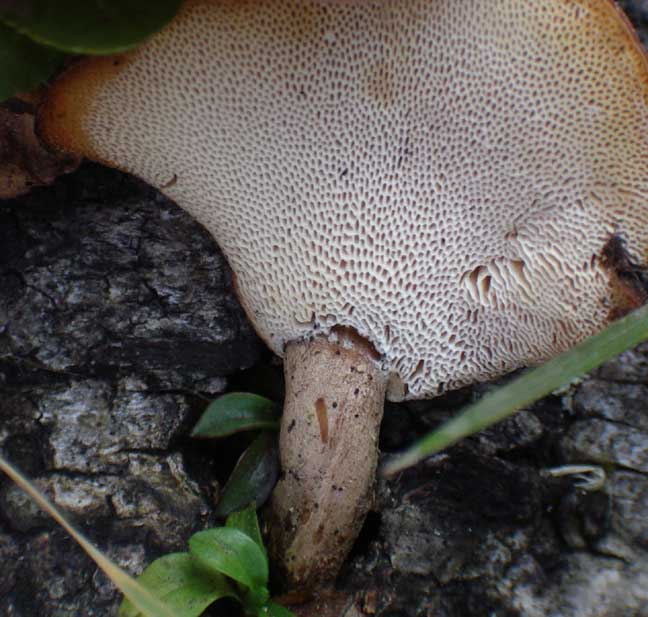

















-BC.jpg)
BC.jpg)
BC.jpg)
.jpg)

